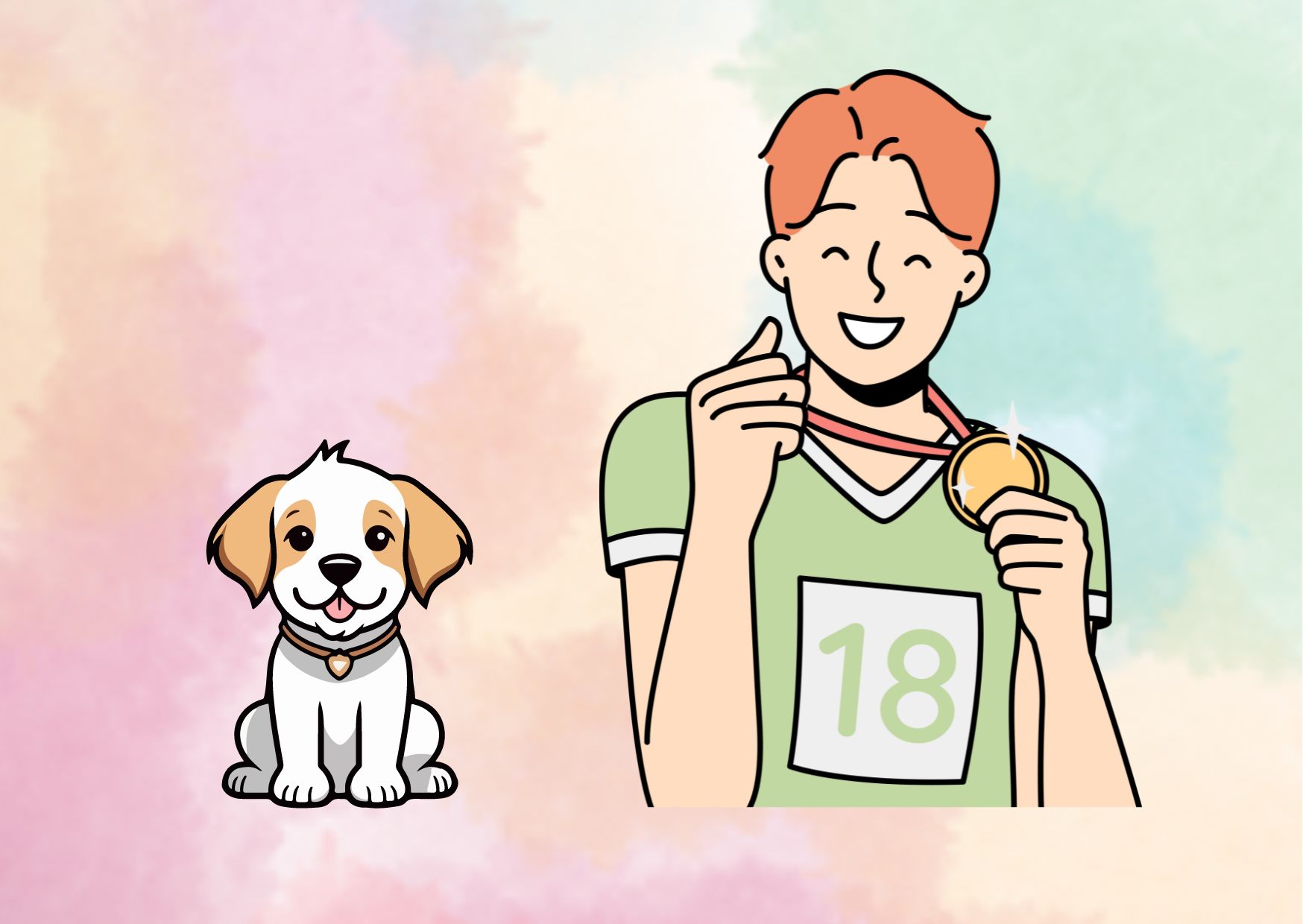Pet Therapy in Sport: Enhancing Athlete Well-Being
In recent years, pet therapy has emerged as a powerful tool for enhancing athlete well-being. As sports organizations seek innovative ways to support their athletes’ mental and physical health, therapy dogs and other animals have started to play a crucial role in sports environments. This growing trend has caught the attention of major sports bodies, including USA Gymnastics, which has begun to explore the benefits of pet therapy for Olympic athletes.
The integration of pet therapy programs in sports has an impact on various aspects of athlete performance and wellness. From reducing stress and anxiety to improving focus and team dynamics, the presence of therapy dogs can transform the training and competition experience. This article delves into the science behind pet therapy, examines successful case studies, and discusses the challenges and considerations to implement pet therapy in sports. It also explores how different types of athletes can benefit from interacting with animals and looks at the future of pet therapy in the world of sports.
Understanding Pet Therapy in Sports
Pet therapy, also known as animal-assisted therapy, has an impact on various aspects of athlete performance and wellness. This innovative approach to enhancing athlete well-being involves guided interactions between individuals and trained animals, typically under the supervision of a handler. The primary goal is to help athletes cope with physical and mental challenges associated with their sport.
Definition and Concept
Pet therapy in sports refers to the use of animals, often dogs, to provide comfort, reduce stress, and improve the overall mental and emotional state of athletes. This therapy builds on the pre-existing human-animal bond, leveraging the calming effect that animals can have on people. Interacting with a friendly pet can help lower blood pressure, improve cardiovascular health, and release endorphins, which produce a calming effect.
In the context of sports, pet therapy serves multiple purposes. It can help athletes:
- Reduce anxiety and stress before competitions
- Improve focus and motivation during training
- Enhance recovery and rehabilitation processes
- Boost overall psychological well-being
History of Pet Therapy in Athletics
The concept of animal-human interaction for therapeutic purposes dates back thousands of years. However, the formal integration of pet therapy in sports is a relatively recent development. The recognition of the benefits of animal companionship in various health settings has gradually led to its adoption in the athletic world.
In recent years, major sports organizations, including USA Gymnastics, have begun to explore the benefits of pet therapy for Olympic athletes. This growing trend reflects a broader shift towards holistic approaches to athlete care, acknowledging the importance of mental health alongside physical performance.
Benefits for Athletes
Pet therapy offers numerous advantages for athletes across various sports disciplines:
- Stress Reduction: The presence of therapy animals can significantly lower cortisol levels, helping athletes manage pre-competition stress and anxiety.
- Improved Focus: Interacting with animals can provide a mental break, allowing athletes to refocus and approach their training or competition with renewed concentration.
- Enhanced Recovery: For athletes undergoing physical therapy or recovering from injuries, working with animals can increase motivation and make the rehabilitation process more enjoyable.
- Emotional Support: Therapy animals offer non-judgmental companionship, which can be particularly beneficial for athletes dealing with performance pressure or personal challenges.
- Team Dynamics: The presence of therapy animals in team settings can improve social interactions and create a more positive atmosphere among athletes.
- Mental Health Support: For athletes struggling with conditions such as depression, anxiety, or PTSD, pet therapy can complement other forms of treatment and provide additional emotional support.
The implementation of pet therapy programs in sports has shown promising results. For instance, USA Gymnastics’ pet therapy program, featuring therapy dogs like Beacon, a 3-year-old Golden Retriever, has been well-received by athletes, coaches, and judges alike. The program offers gymnasts emotional support during high-pressure competitions, helping them manage stress and maintain focus.
As the field of sports psychology continues to evolve, pet therapy is likely to play an increasingly important role in athlete well-being programs. By providing a unique form of support that addresses both physical and mental aspects of athletic performance, pet therapy has the potential to significantly enhance the overall experience and success of athletes across various sports disciplines.
The Science Behind Pet Therapy
Pet therapy has gained recognition in sports environments due to its profound impact on athlete well-being. Research has shown that interacting with animals can have significant physiological and psychological effects, making it a valuable tool for enhancing athletic performance and mental health.
Stress Reduction Mechanisms
The presence of therapy animals has a remarkable impact on stress reduction. Studies have demonstrated that interacting with animals, particularly dogs, can lower cortisol levels—the hormone most associated with stress. This reduction in cortisol can occur within just 12 minutes of animal interaction, leading to a significant drop in anxiety scores.
The stress-buffering effect of animal interactions extends beyond immediate contact. Research has shown that interacting with an animal before a stressful event can reduce cortisol levels for up to 30 minutes after the stressor ends. This effect is particularly beneficial for athletes facing high-pressure situations, such as competitions or intense training sessions.
Hormonal Changes
One of the key mechanisms behind pet therapy’s effectiveness is its influence on hormone levels. Interaction with animals, especially through petting or gazing, has been shown to increase the production of oxytocin, serotonin, and prolactin—often referred to as “happy hormones.”
Oxytocin, in particular, plays a crucial role in the benefits of pet therapy. This hormone has anxiety-reducing, analgesic, and anti-inflammatory effects. It also influences social behavior, enhancing trust and empathy. Studies have shown that petting a dog for as little as three minutes can significantly increase oxytocin levels in humans.
Interestingly, this hormonal change is not limited to humans. Dogs also experience an increase in oxytocin when gazing at their owners, suggesting a positive feedback loop in human-animal interactions. This mutual hormonal response may contribute to the strong bond formed between athletes and therapy animals.
Psychological Impact
The psychological benefits of pet therapy extend beyond stress reduction. Animals have a unique ability to provide non-judgmental companionship, which can be particularly beneficial for athletes dealing with performance pressure or personal challenges.
Research has shown that the presence of therapy animals can help reduce anxiety levels in various settings, including clinical interviews and psychiatric treatment programs. For athletes, this reduction in anxiety can translate to improved focus and performance during training and competitions.
Moreover, therapy animals can serve as a powerful distraction from stressful thoughts or situations.

